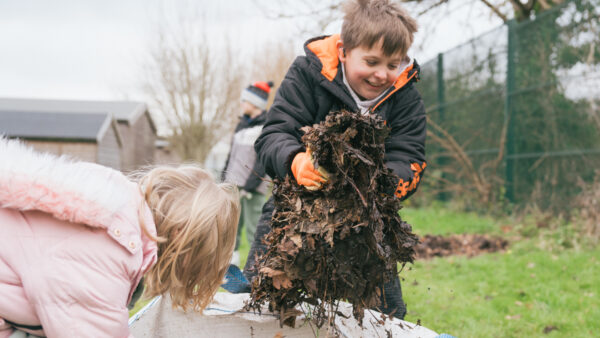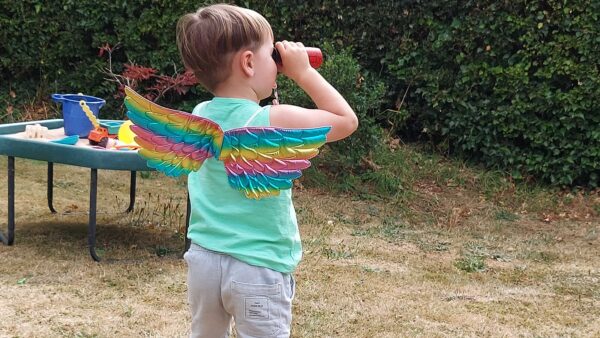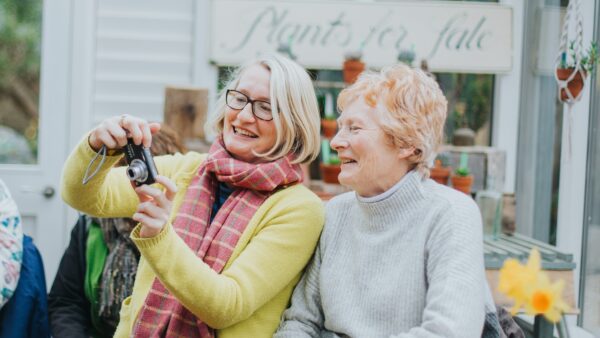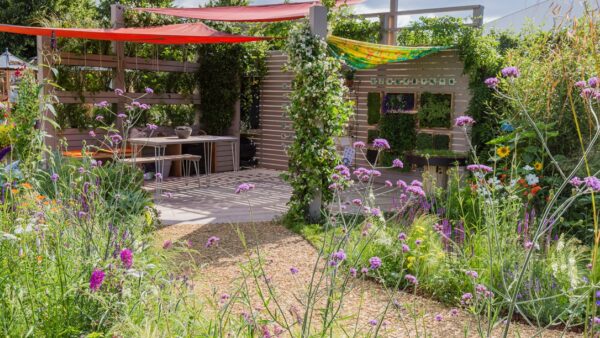Making places accessible
We work with visitor destinations, parks, green spaces, and heritage destinations, auditing current accessibility and advising on plans for access improvements.
Site-specific project collaborations include Hyde Park and Burnham Beeches where we have worked with the management teams to review existing accessibility and explore options to enhance the experience for disabled visitors.
Strategic reviews include Cornwall Mining World Heritage Site and East Devon National Landscape, where the focus is on identifying opportunities to improve the visitor experience across the area.
Some of our work supports improvement plans and audience reviews and have helped venues secure capital funding from sources like National Heritage Lottery Fund.
Most of this work runs through our access audit consultancy service.
Good access benefits everyone
If people are to enjoy and connect with places, they need to be able to access them. This is not just access to the basics, but to the feel of the place and the experiences on offer. This is why our work focuses so strongly on improving access and creating inclusive experiences. The result is places and experiences that are open to people of all ages and disabilities. Good access is the great equalizer.
It is well shown that inclusive places are more popular with people in general. When done well, good access isn’t obvious, it just makes the place easier to understand and use and more comfortable to be in. This benefits everyone.
If barriers to access mean that people can't get to or around a place comfortably, they won't be able to use it or they won't want to. Barriers don’t just make it more difficult for someone, they are a sign that the place wasn’t designed for them. Barriers often result in costly retrofits. They limit usability for most people.
Learning from people with direct experience
Our work with people with different disabilities and of all ages, has been instrumental in helping us understand the impacts of barriers to access. This includes research such as our Making Connections survey, and working together to user-test venues, pilot our tools like the Access Chain, and co-deliver training.
We continue to work closely with people of different ages and disabilities, and always recommend that organisations build community consultation into access improvement plans.
Our best example where we have run extensive user-testing and consultation is the Eden Project. User-testing has resulted in improvements to access arrangements across the board, ranging from site transport, seating, designing visitor information, organizing the summer music sessions and implementing relaxed sessions. Eden’s sensory garden was created through a process of consultation with people with a diverse range of disabilities.
Our access tools are designed to help guide access improvements
Our Access Chain arose from project work with heritage venues around the country. It was apparent that venues were seeing accessibility as a site-only issue, while the reality was that visitors were experiencing accessibility as a series of steps: from a decision to visit, through arrival, the experience on site, and leaving for home. The Access Chain captures the four steps and gives venues a practical tool for planning access that reflects the visitor’s perspective. The Access Chain has been widely adopted as an approach to access planning.
We support building design through the use of our Social Sustainability Toolkit and working with our wider network of Associates. We work as part of design teams, advise on inclusive design aspects, contribute to Stage C and Stage D reports and integrate an inclusive approach in all stages of planning, design and build.
We have developed audit techniques, such as the Access Chain, which considers accessibility from the user’s perspective. Our methodology has been widely adopted by others in the field. We have created bespoke audit methodology for the National Trust, Forestry England and Natural Resources Wales.
Access must be considered hand in hand with the experiences on offer
We use tools like Sensory Mapping to look at the sorts of experiences people are interested in. When used with a group, the Sensory Mapping activity highlights areas of a site that attract most visitors, and the reasons why, and identifies areas lacking in sensory richness that can be enhanced to appeal to more visitors and help encourage visitors to explore other parts of the site.
We have found that more conventional techniques like survey forms tend to provide limited insights, and they have limited accessibility (e.g. for people with limited literacy, visual impairments, learning disabilities, without English as a first language).
Our work with venues has helped us understand how to improve information and interpretation. This has included looking at what information is most important and interesting to visitors, what formats are most useful, and how easy it is to navigate around a place.
We continue to address accessible information and interpretation through our project work and our most recent work with industrial heritage venues is piloting new approaches to sensory-rich interpretation.
Creating accessibility tools and guidance
We produce inclusive design principles to ensure access to public spaces for the widest range of people, regardless of age, disability and circumstance. These principles provide the basis for our accessibility advice and are shared through our guidance. We have created a guidance section to help inform best practice.
We have designed tools to help organisations plan and implement access improvements. This includes:
Sensory Trust's Access Chain: We developed the Access Chain to address access from the perspective of the visitor. It can be can be used to review access improvements, plan events and frame visitor information.
Accessibility guidance factsheets cover aspects from paths and gradients to information design and communtiy engagement.
Writing national outrdoor accessibility guidance
We have written national guidance through collaboration with UK environmental organisations. This includes:
The Outdoor Accessibility Guidance, supporting inclusive outdoor access in the UK. Developed with Walking Scotland.
By All Reasonable Means, least restrictive access to the outdoors. Developed with Natural England and Natural Resources Wales.
Easy Access to Historic Landscapes, original version written with Historic England and National Lottery Heritage Fund.
Image credit: Natural Resources Wales






